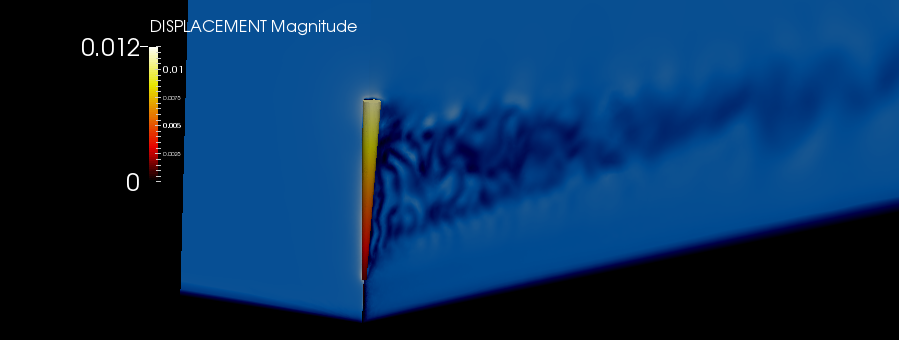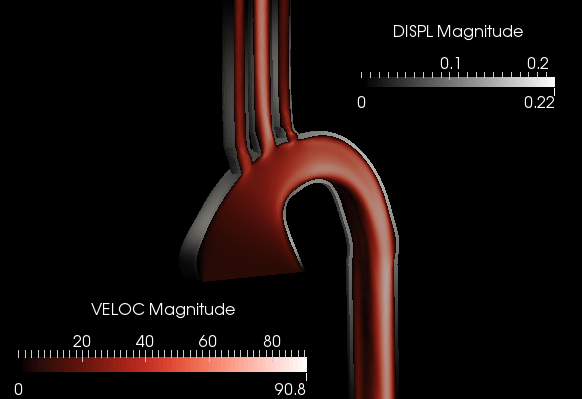
The main objective of this research line is the development of efficient numerical tools for multiphysics problems using single code or multicode coupling. Multiphysics problems arising from real life engineering applications are extremely complex and require intensive research and coding
Summary
This research line is devoted to the development of numerical tools for the solution of complex and large multiphysics problems. Example are fluid-structure interactions, particle transport in fluids, contact problems, etc.
Why multiphysics?
Multiphysics problems are of great interest for applied fields like engineering and bio-mechanics. In fact, it is really hard to imagine an industrial application or a real life physical system where just one single theoretical description is able to capture all its determining factors. In a multiphysics problem you can face different physical time scales, different numerical formulations, performance issues and both, numerical and physical instabilities. Thus, multiphysics is becoming one of the main challenges to modern simulation tools.
Single or multicode?
Single and multicode! All depends on the target application. In the HPC context, different extreme parallel codes have been developed through the last decades, and very powerful simulation tools are available nowadays for several independent research fields. In one hand, with the correct developments, you can take advantage of the existing codes and it is possible to solve multiphysics problems through subdomain coupling in a single code environment. In the other, recent developments have relied in a multi-code coupling approach in order to be able to use the already existing scalable parallel applications to tackle multi-physics problems where a single code is unable to simulate the whole physical scenario or leads to inefficient performance. Even more, if the existing code is not well suited to your problems, you can always start to develop a new parallel application, single or multicode.
Objectives
This research line is devoted to provide accurate and efficient algorithms to solve engineering coupled problems on supercomputers. In particular, the following aspects are treated:
- Implicit and explicit couplings
- Convergence acceleration
- Conservation issues
- Multicode coupling
- Data transfer through MPI
The methodologies developed by the team are applied daily in the department for the solution of biomechanics and enginnering problems: cardiovacsular system, respiratory system, external flows and FSI, etc.

